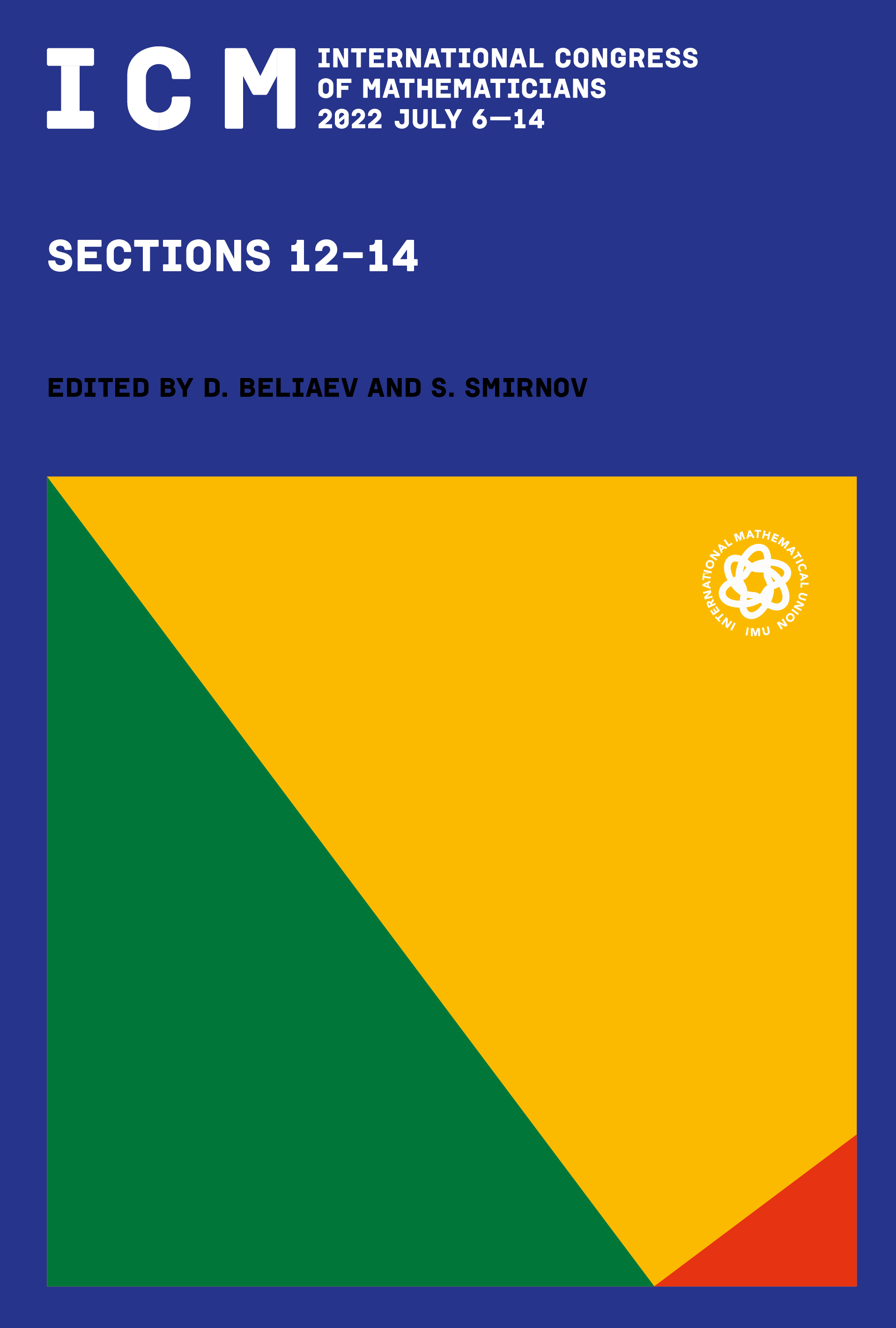Interacting stochastic processes on sparse random graphs
Kavita Ramanan
Box F, Brown University, Providence, RI 02912 USA

This book chapter is published open access.
Abstract
Large ensembles of stochastically evolving interacting particles describe phenomena in diverse fields including statistical physics, neuroscience, biology, and engineeering. In such systems, the infinitesimal evolution of each particle depends only on its own state (or history) and the states (or histories) of neighboring particles with respect to an underlying, possibly random, interaction graph. While these high-dimensional processes are typically too complex to be amenable to exact analysis, their dynamics are quite well understood when the interaction graph is the complete graph. In this case, classical theorems show that in the limit as the number of particles goes to infinity, the dynamics of the empirical measure and the law of a typical particle coincide and can be characterized in terms of a much more tractable dynamical system of reduced dimension called the mean-field limit. In contrast, until recently not much was known about corresponding convergence results in the complementary case when the interaction graph is sparse (i.e., with uniformly bounded average degree). This article provides a brief survey of classical work and then describes recent progress on the sparse regime that relies on a combination of techniques from random graph theory, Markov random fields, and stochastic analysis. The article concludes by discussing ramifications for applications and posing several open problems.